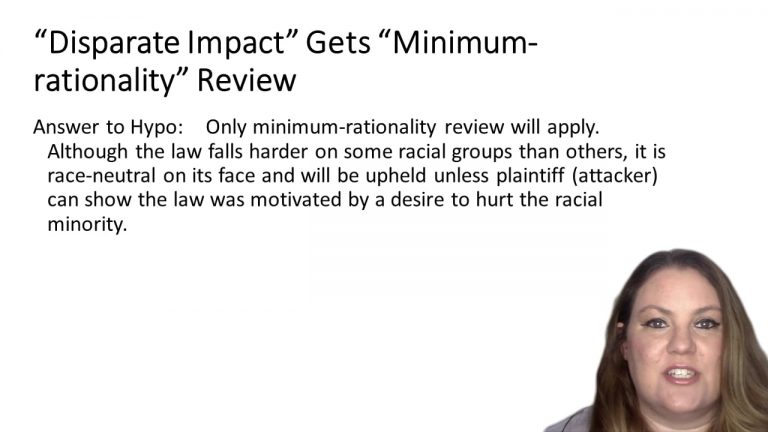SmartBrief
Confirm favorite deletion?
Constitutional Law Keyed to Chemerinsky
Parents Involved in Community Schools v. Seattle School District No. 1
Citation:
555 U.S. 701 (2007)Facts
The school districts in Seattle voluntarily adopted student assignment plans that rely upon race to determine which public schools certain children may attend, so that the racial balance at the school falls within a predetermined range based on the racial composition of the school district as a whole. The Seattle school district classified children as white or non-white. Seattle has never operated legally segregated schools and most white students live in the northern part of Seattle while most students of other racial backgrounds live in the southern part. This plan had inevitably allocated both white and non-white students to school districts they and their parents did not want. Parents of students denied assignment to particular schools under these plans solely because of their race and brought suit, arguing that allocating children to different public schools on the basis of race violated the Fourteenth Amendment guarantee of equal protection.
Only StudyBuddy Pro offers the complete Case Brief Anatomy*
Access the most important case brief elements for optimal case understanding.
*Case Brief Anatomy includes: Brief Prologue, Complete Case Brief, Brief Epilogue
- The Brief Prologue provides necessary case brief introductory information and includes:
Topic:
Identifies the topic of law and where this case fits within your course outline.Parties:
Identifies the cast of characters involved in the case.Procedural Posture & History:
Shares the case history with how lower courts have ruled on the matter.Case Key Terms, Acts, Doctrines, etc.:
A case specific Legal Term Dictionary.Case Doctrines, Acts, Statutes, Amendments and Treatises:
Identifies and Defines Legal Authority used in this case.
- The Case Brief is the complete case summarized and authored in the traditional Law School I.R.A.C. format. The Pro case brief includes:
Brief Facts:
A Synopsis of the Facts of the case.Rule of Law:
Identifies the Legal Principle the Court used in deciding the case.Facts:
What are the factual circumstances that gave rise to the civil or criminal case? What is the relationship of the Parties that are involved in the case.Issue(s):
Lists the Questions of Law that are raised by the Facts of the case.Holding:
Shares the Court's answer to the legal questions raised in the issue.Concurring / Dissenting Opinions:
Includes valuable concurring or dissenting opinions and their key points.Reasoning and Analysis:
Identifies the chain of argument(s) which led the judges to rule as they did.
- The Brief Prologue closes the case brief with important forward-looking discussion and includes:
Policy:
Identifies the Policy if any that has been established by the case.Court Direction:
Shares where the Court went from here for this case.
Topic Resources
Topic Outline
Topic Refresher Course

 5m 39s
5m 39s